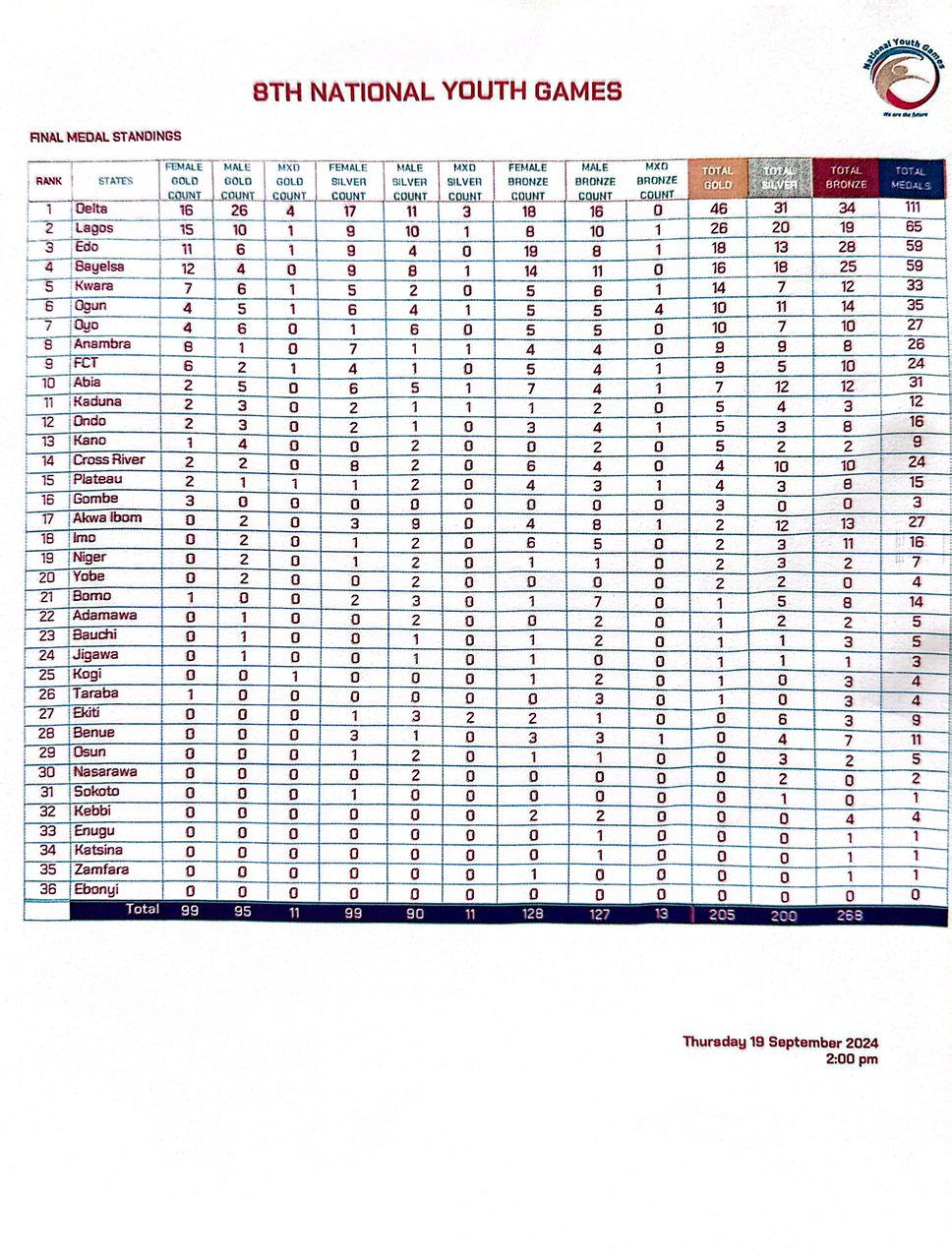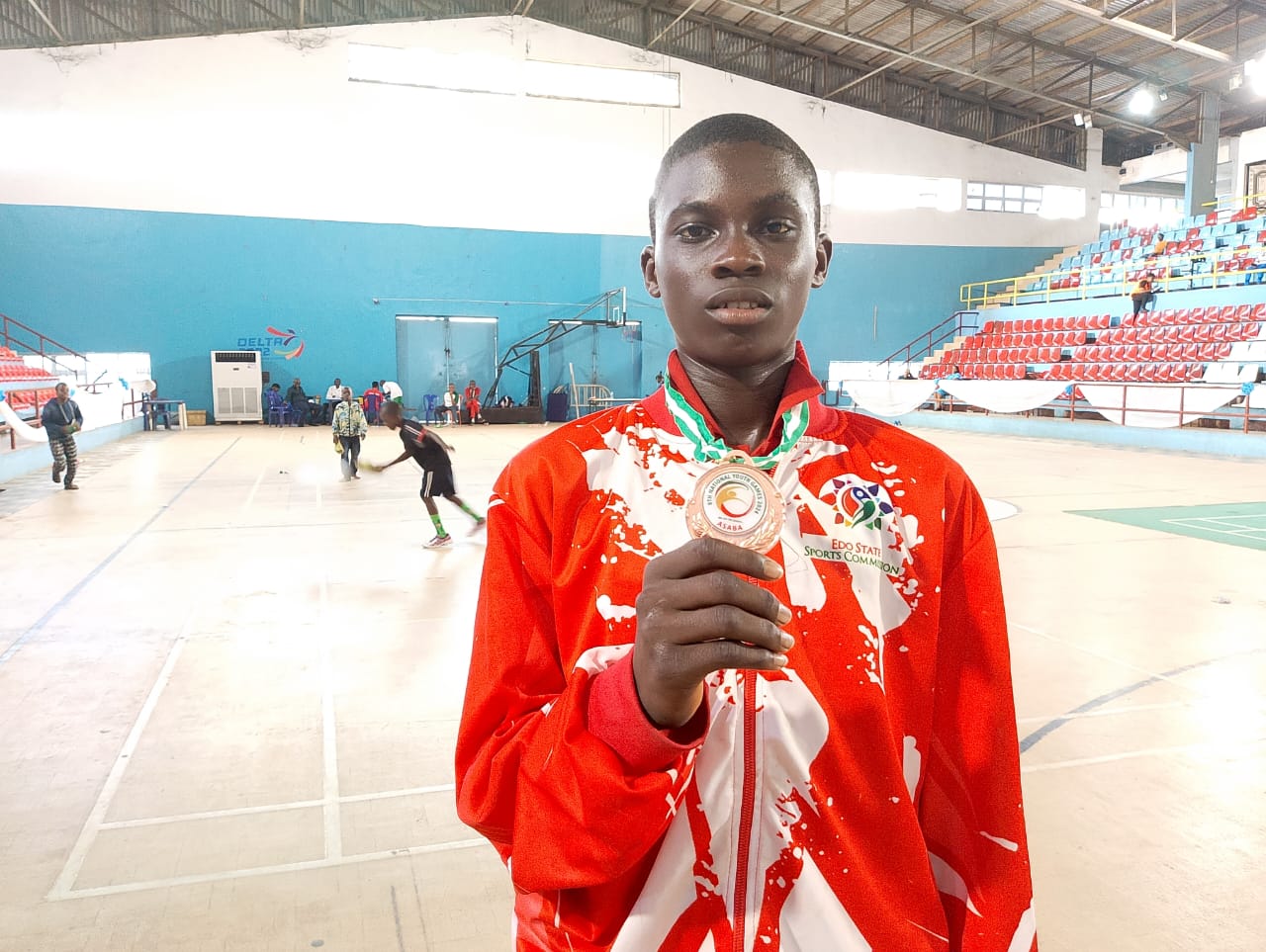Place your adverts here on InfoDig @ low rates; banner ads, sponsored links and guest articles etc. Contact us
Whang Od at 107 years old, remains the last living master of “mambabatok,” an ancient hand-tap tattooing method practiced by the Kalinga people of the northern Philippines.
Known for her lifelong dedication to this art form, she is the oldest and most famous practitioner of “batok,” a traditional tattooing technique that involves using a thorn, coal, and a small hammer to create intricate designs. This method, dating back thousands of years, was once reserved for warriors as a symbol of their victories in battle.
Whang Od began her tattooing career more than 90 years ago, initially tattooing headhunters from her tribe. In those times, tattoos were awarded only to men who had taken lives in battle, marking their achievements and bravery.
The designs, which often included snakeskin, centipedes, ladders, and other natural motifs, represented qualities like strength, fertility, and resilience. The tattoos also held deep spiritual and cultural meaning, with certain patterns reserved for specific individuals based on their role in society.
While men earned tattoos through warfare, women received them for beautification and social standing. For Kalinga women, tattoos were seen as enhancing their appearance. Whang Od herself received her first tattoos as a teenager for this reason, recalling how elders encouraged young women to get tattooed to be considered more attractive.
Read also: Meet the 6 sisters who hold record for oldest living siblings, combined age of 570yrs
As headhunting was outlawed by the American colonial government in the early 1900s, the warrior culture that batok was intertwined with faded. However, the tradition of tattooing for aesthetic reasons among women persisted.
Today, while the criteria for receiving a batok tattoo have relaxed, the traditional designs and techniques remain. Men and women alike can choose designs that symbolize personal values, natural elements, or spiritual beliefs.

Tourists from around the world now travel to the remote village of Buscalan in the Kalinga region to meet Whang Od and receive tattoos from her. Despite the tattoos’ historical spiritual significance, Whang Od welcomes the influx of visitors, acknowledging that it helps support her community. She continues to practice her craft with the same methods she learned as a young girl.
For many years, there was concern over who would carry on the ancient tradition of batok after Whang Od’s passing. She is the last of her generation, with her contemporaries having long passed away. According to cultural tradition, only blood relatives can be trained as mambabatok.
Without any children of her own, the future of batok seemed uncertain until Whang Od began training her great-niece, Grace Palicas, who started learning the craft at the age of ten.
Whang Od emphasized that the key to becoming a skilled mambabatok lies in patience and passion. Now, with Grace as a fully trained tattoo artist and other younger relatives following suit, the ancient art of batok will continue beyond Whang Od’s lifetime.
This ensures the survival of the tradition for future generations both in Kalinga and around the world, as the practice has grown in popularity.
Buscalan, the village where Whang Od lives and practices, remains relatively remote, despite recent improvements in accessibility. The journey from Manila to Buscalan takes about 12 hours, with the final stretch consisting of a steep climb through rice terraces.
Read also: Meet world’s richest woman ever. Owns more wealth than Musk, Arnault, Bezos, and Mark combined
While the village has seen modernization in the form of paved roads and concrete homes, it still lacks cell signal, and only a few residents have access to Wi-Fi. Despite these changes, the village’s connection to its cultural roots remains strong, largely due to Whang Od’s influence.
Whang Od has witnessed numerous transformations during her long life. She began her tattooing career in a time when the Kalinga people were often misrepresented by colonial powers as violent headhunters.
Historical depictions, such as those by photographer Dean Worcester in 1912, painted the Cordillera tribes as savage and exotic. In reality, headhunting had deep spiritual significance, functioning as a way to restore balance between warring communities.
Tattooing, particularly among women, has always been an essential part of Kalinga culture.
In pre-colonial times, unmarked women were considered less desirable, and tattoos were seen as markers of beauty, status, and strength. This tradition is reflected in the epic poetry of the region, such as the ullalim, where tattooed bodies are celebrated as symbols of honour and bravery.
Chisom Michael is a data analyst (audience engagement) and writer at BusinessDay, with diverse experience in the media industry. He holds a BSc in Industrial Physics from Imo State University and an MEng in Computer Science and Technology from Liaoning Univerisity of Technology China. He specialises in listicle writing, profiles and leveraging his skills in audience engagement analysis and data-driven insights to create compelling content that resonates with readers.

 2 hours ago
42
2 hours ago
42















 English (US) ·
English (US) ·